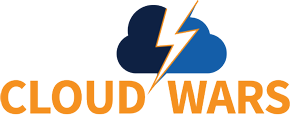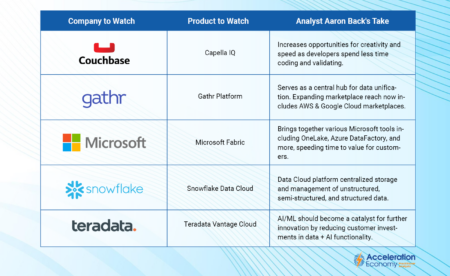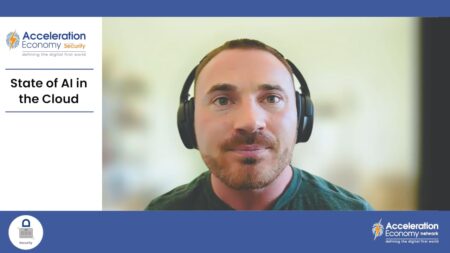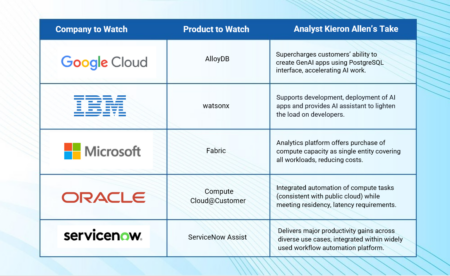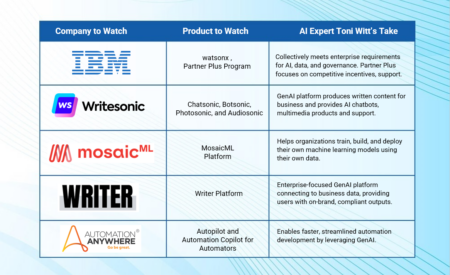Salesforce introduces Einstein Copilot, a GenAI offering leveraging proprietary company data to provide contextual answers within CRM applications.
Search Results: governance (768)
Gutsy redefines cybersecurity with process mining, a strategic tool that integrates people, processes, and technology to offer data-driven insights.
The onset of the AI era has revealed critical skills for business environments as well as new AI-influenced roles that represent opportunities for innovation and growth.
IBM research gives CEOs advice on how to ensure people and skills adapt to GenAI, top use cases to consider, and where they can get the most bang for the buck.
CEO Bill McDermott describes how ServiceNow integrates with other providers to “make the world better for everyone.”
OpenAI and Arizona State University (ASU) are collaborating to incorporate ChatGPT Enterprise into the education system. It’s a great step toward defining AI’s role in education.
New Qlik AI Council makes a powerful statement that the vendor is tapping independent experts to ensure its using AI and data responsibly.
Discover our 5 data products to watch — from Couchbase, Gathr, Microsoft, Snowflake, and Teradata — and how they can support your company’s AI strategy in 2024.
Overview of business intelligence and reporting tools to watch delivers an explanation of key features such as AI-enhanced analytics, data visualization, and cloud functionality.
A look at the dynamic state of AI adoption in the cloud through a Wiz report revealing trends, adoption rates, and the rise of power users in both managed and self-hosted AI services.
Learn about our top five revenue technology products to watch this year, including offerings from Salesforce, 6Sense, Qualified, Champify, and Syncari.
Enterprise customers aren’t looking to AI to improve a process; instead, they’re looking to completely reimagine the way they do things, Automation Anywhere exec says.
From generative AI to big data/analytics platforms to on-premise clouds, the Cloud Wars Top 10 have served up an innovative set of products to watch in 2024.
The top 5 generative AI products to watch feature platforms to build GenAI and machine learning apps, produce content, govern AI, and accelerate automation initiatives.
Cocreation partnership between AWS, IBM melds the best of their respective databases in the cloud while supporting modern AI workloads.
A discussion centered on the multifaceted role of modern CIOs, covering strategic communication and the adoption of AI and multi-cloud.
Janina Bauer, head of sustainability at Celonis, talks about how the company helps customers with sustainability reporting, transport, and procurement.
With an expansive ecosystem strategy, IBM has once again asserted leadership around AI and its watsonx technology, taking a mature, differentiated approach.
IBM leaders share insights into the company’s evolving Partner Plus strategy, training available to partners, and go-to-market approaches optimized for AI.
Wiz’s AI Security Posture Management (AI-SPM) addresses security and privacy concerns wrought by AI with comprehensive oversight, inventory management, and misconfiguration checks.
